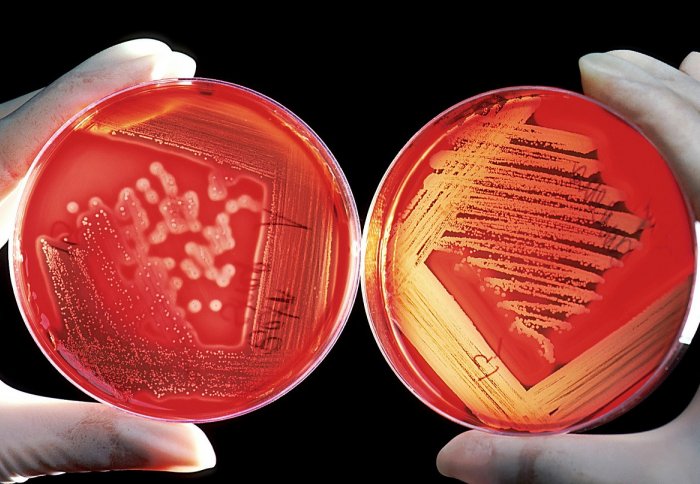
Biosecurity of food systems is focus of new book

With the publication of a new book, Practical Tools for Plant and Food Biosecurity, we talk to Professor John Mumford on his biosecurity research.
What do you mean by biosecurity?
Biosecurity in this “security” context concerns the threat of and damage from the intentional release of pests, pathogens or toxins at any point in the food system.
Intention is important here, this is different from the use of biosecurity dealing with the more usual unintentional releases, such as the accidental introduction of pest species through trade, or contamination of food during processing or transportation.
Who might be the source of the threats?
We look at three levels of threats and actors.
At the bottom we have bio-crime, which might be a disgruntled employee in a food packaging factory contaminating products.
In the middle we have bio-terrorism, which would be a person or group aiming to cause fear, illness or death of people, animals or plants and/or disrupt social, economic or political stability.
At the top level we have bio-warfare, which would be state-level actions as part of a war effort.
Have there been any major incidents recently?
Thankfully no, but hoaxes and uncompleted threats also need to be investigated. There are only two confirmed and well documented examples of intentional releases on food, both at a local and contained scale, and neither with any fatalities.
The first was in Sept/Oct of 1984 in The Dalles, Oregon, U.S.A. A member of the religious cult the Rajneeshees put Salmonella bacteria in salad dressing at a local restaurant, resulting in 751 cases of salmonellosis.
The second was in the St Paul Medical Center, Dallas, U.S.A., 1996. A laboratory technician took a Shigella sample from the frozen reference cultures, revived it, and added it to some pastries. She then wrote an email from the manager’s computer inviting the other staff to enjoy the snacks, all of whom fell sick. She was later sentenced to 20 years in prison.
However, with the growing complexities and international nature of food systems, the opportunity of an attack is increasing. Understanding the security landscape is essential
What does your research in this area focus on?
I was part of a 5-year EU-funded consortium called Plant and Food Biosecurity which sought to improve the quality and impact of relevant research and training in Europe.
The project scope embedded the overall risk management cycle - from preparedness, prevention, detection and surveillance to response and recovery - and considered practical outputs for a range of users.
One area I focused on was developing two new models to determine if foodborne incidents are intentional or unintentional. This is an important consideration, as if an incident is intentional then we have a crime scene, and might also need to be on alert to other attacks. It also affects which agencies/institutions are involved with the response, and how the response proceeds.
We tested our new models on historic data, including the two examples mentioned earlier, and both outperformed the existing models. These can be important tools for responding agencies.
What is the new book about?
The new book, Practical Tools for Plant and Food Biosecurity, is an output from the Plant and Food Biosecurity project, outlining the results from the 13 partners located in eight different countries.
It details threats and gaps in plant and food biosecurity areas, analyses the relevant policy framework and the lessons learned, and identifies the most promising tools and methods for risk assessment, detection, diagnostic and containment.It emphasises practical tools for practitioners, as the title suggests.
What’s next for this work?
The network is still active and new projects are being developed. I’m also talking with key US stakeholders from the network about follow-up work there.
Article text (excluding photos or graphics) available under an Attribution-NonCommercial-ShareAlike Creative Commons license.
Photos and graphics subject to third party copyright used with permission or © Imperial College London.
Reporter
Max Swinscow-Hall
Institute for Security Science & Technology




Leave a comment
Your comment may be published, displaying your name as you provide it, unless you request otherwise. Your contact details will never be published.